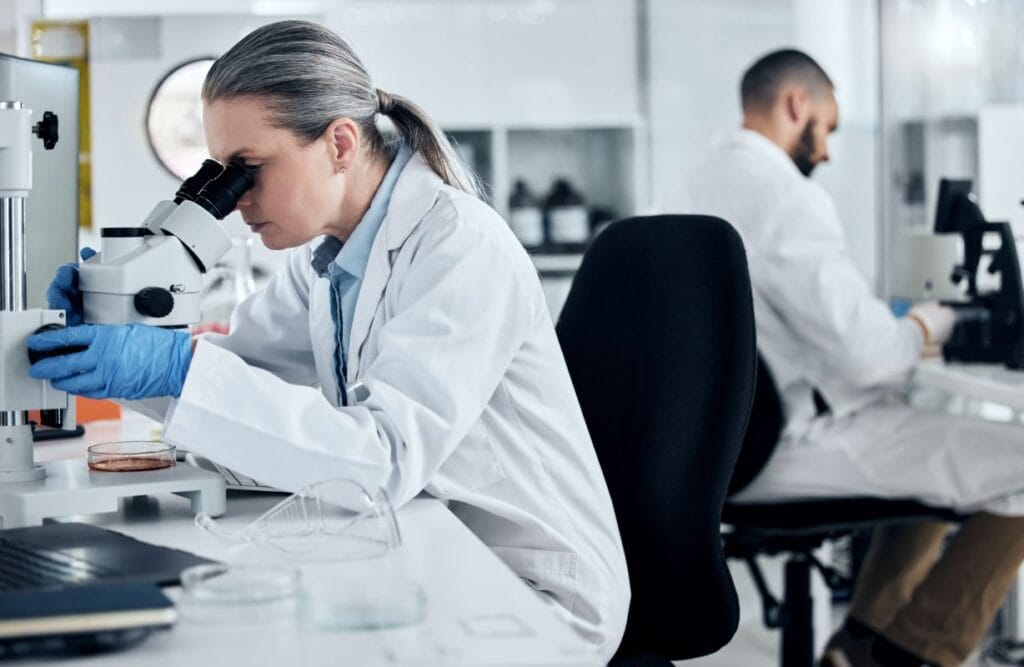Early and accurate detection of life-threatening diseases such as cancer often greatly improves the prospects of a successful treatment program and a more positive outcome.
One type of test that is less invasive than other options but appears capable of achieving a good detection rate involves Liquid biopsy.
You may have heard of liquid biopsies and want to know more about what is involved and what to expect when using this type of test. Here are some answers to key questions that you might have.

What is a liquid biopsy test?
A liquid biopsy test can be used to detect cancer cells or DNA that indicates the presence of cancer in your bloodstream.
These cells or DNA are called circulating tumor DNA. They are also known as ctDNA.
When cancer cells die, they enter your bloodstream after they are released from a tumor that is present in your body. A liquid biopsy is able to identify these tiny elements of DNA.
What is the difference between liquid biopsies and other types of biopsies?
Other types of biopsies tend to be more invasive. For instance, a fine needle aspiration biopsy, or a core needle biopsy are routinely used.
As part of the needle biopsy process, a doctor will usually remove a small sample of tissue from the tumor or area of the body suspected to be affected. This sample is then sent to the lab for testing and analysis.
A liquid biopsy involves a simpler and less invasive form of testing.
It is currently used alongside other testing methods, or as a variable alternative when a needle biopsy is not possible.
Are there different types of liquid biopsies?
The FDA has already approved various different types of liquid biopsies.
One of the liquid biopsies they approved in the 2000s was a test that specifically looked for signs of prostate, breast, or colorectal cancer. This liquid biopsy test is known as the CellSearch Circulating Tumor Cell (CTC) test.
Another form of liquid biopsy is the EGFR Mutation Test v2. This test is designed to identify specific mutations or changes that are happening inside your body.
More recently, the FDA also approved liquid biopsy tests that are able to detect mutations in the DNA originating from tumor cells in the blood.
What are the advantages of a liquid biopsy?
Aside from the obvious comfort and convenience of providing a less intrusive saliva sample, there are other advantages, specifically the opportunity to obtain real-time data for an up-to-date and accurate assessment.
A saliva-based liquid biopsy offers excellent genomic preservation and amplifies DNA analysis as a result of improved testing sensitivity.
Using saliva as the basis of a liquid biopsy provides a more holistic insight that indicates what the current situation is with regard to a tumor that is present in your body.
To summarize, a liquid biopsy offers an excellent opportunity to screen, achieve an accurate diagnosis, and monitor cancer conditions in a non-invasive way.
This form of testing and analysis is becoming increasingly popular and it is not hard to see why when you consider what it offers in terms of accuracy and convenience.

